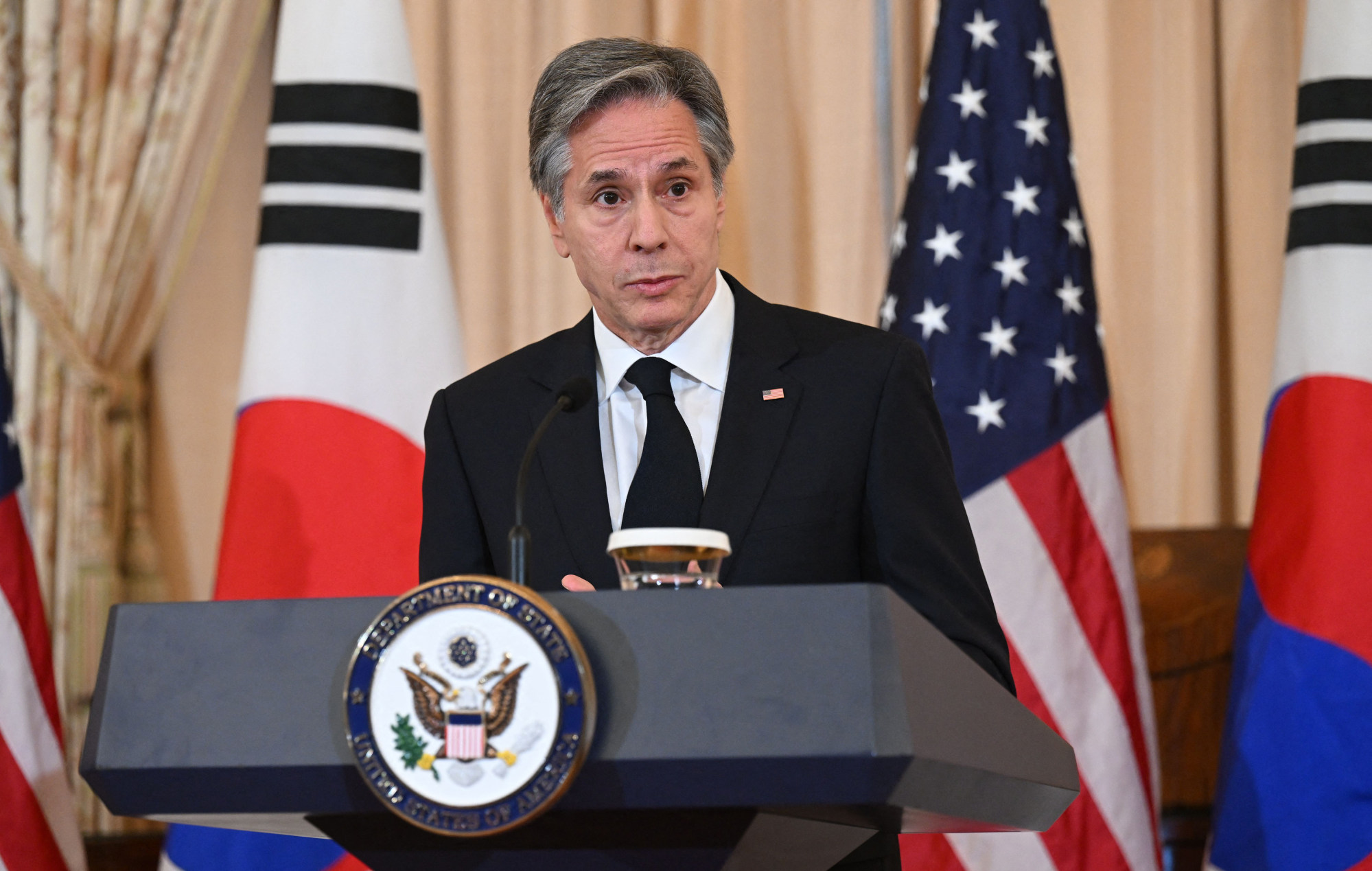
China’s ‘spy balloon’ shows Beijing is in a retaliatory mood amid US aggressiveness
- The incident is just one recent example of Beijing testing Washington’s ‘guardrails’, with Xi also reportedly planning a trip to Moscow
- After a number of affronts by the US, including a new chip embargo and a deal with the Philippines to access military bases near Taiwan, China is showing it is capable of turning tough
“Derelict Balloon Adrift” was NBC’s title for its “nightly news” report last Friday on the Pentagon’s announcement of an alleged Chinese spy balloon moving over the United States.
As one might expect, ranking politicians such as Republican Senate Minority Leader Mitch McConnell and House Speaker Kevin McCarthy eagerly took to China bashing and partisanship, with the former accusing the Biden administration of “as usual ... [reacting] at first too indecisively and then too late” and having “let the People’s Republic of China make a mockery of our airspace”, and the latter stating “China’s brazen disregard for US sovereignty is a destabilising action that must be addressed”.
It seems pointless at this juncture to argue about whether we are in Cold War II, as historian Niall Ferguson foretold years ago; some are now even touting another Cuban Missile Crisis. Is it that serious?

But as Swiss newspaper Neue Zurcher Zeitung disclosed last month, secret negotiations between Washington and Moscow, which allegedly involved allowing Russia to retain 20 per cent of the Ukrainian territory it had occupied, broke down. The report was, understandably, denied by the White House.
On Taiwan, Beijing’s first “red line”, Kevin McCarthy recently said that China cannot tell him where and where not to go, meaning that he plans to visit Taiwan as House Speaker. But less noticed was a report by the Taiwanese media that a giant American supply warship sailed within 6.5km (4 miles) of the island’s coastal waters to shelter from a storm, from which the Chinese government and media have largely chosen to avert their eyes.
Perhaps America still holds a condescending attitude towards China, despite all its rhetorical depiction of it as the most formidable contestant to date. Perhaps, in its eyes, China is far from matching the ferocious image of the former Soviet Union.
The balloon incident, however, put the hard side of China in the limelight; and there had been some developments anticipating it, indicating Beijing’s frustrated and retaliatory mood.
All this, it seems, shows that China is turning tough on America in the face of what it deems as America’s over-the-top leaning, despite President Joe Biden’s repeated appeal to the need for “guardrails”.
China, Russia criticise US, Europe for trying to sow discord
Viewed thus, Beijing’s balloon message becomes relevantly clear: China has no reason not to concur on the need for “guardrails” and maintain its strategic forbearance as far as possible in its relations with America; but, if Washington’s aggressiveness goes beyond its “red lines” regardless, it probably won’t react by the playbook America dictated to the Russians in Ukraine. Instead, it may go straight to the heartland of its rival, as the balloon adrift across continental America implies.
“There is no alternative to peace”; former US president Dwight Eisenhower’s famous assertion, when he emphasised the singular importance of coexistence between America and the Soviet Union during the Cold War, is as valid now as it was back then.
Terry Su is president of Lulu Derivation Data Ltd, a Hong Kong-based online publishing house and think tank specialising in geopolitics


